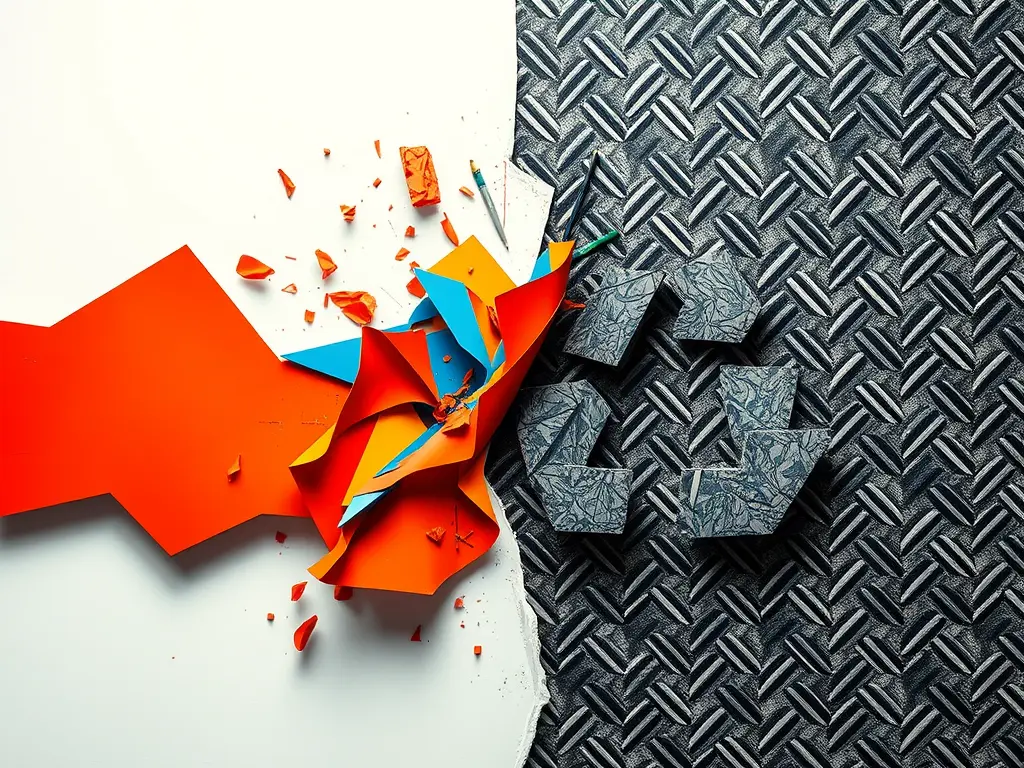Artificial intelligence creativity is rapidly reshaping creativity by producing stunning art, composing music, and even writing compelling stories. However, does AI creativity truly create, or does it merely imitate and remix patterns from existing human works? As AI-generated content continues to flood digital spaces, a crucial question arises: Can machines genuinely innovate, or do past data limitations ultimately constrain AI creativity?
In this article, we will explore how AI generates creative outputs, whether we can truly consider it original, and, most importantly, what the future holds for machine-driven innovation.
How AI Creates: The Technology Behind Artificial Creativity
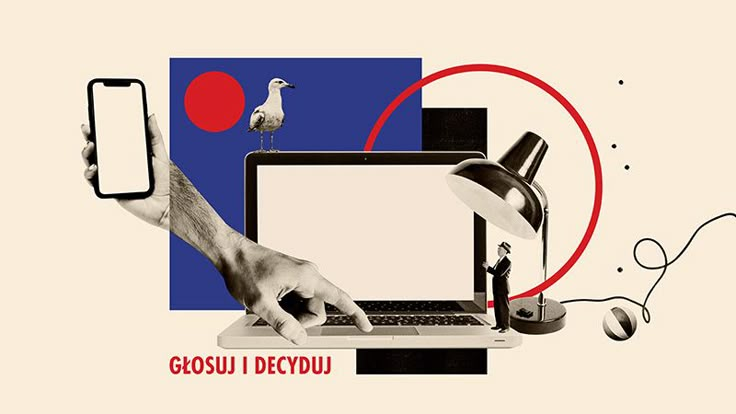
AI creativity is primarily powered by deep learning, neural networks, and algorithms that are extensively trained on vast datasets. Consequently, these systems process and analyze data efficiently to generate new content based on learned patterns. Furthermore, by leveraging sophisticated techniques, AI can mimic human creativity in ways that were once thought impossible. To better understand how this works, let’s break down some of the core AI models that are actively driving artificial creativity.
1. Generative Adversarial Networks (GANs)
GANs consist of two neural networks—one generating content (the generator) and the other evaluating its authenticity (the discriminator). Through continuous feedback, GANs refine their outputs, creating photorealistic images, unique artwork, and even deepfake videos.
Example: AI artists like DALL·E and DeepDream generate mesmerizing visuals, often indistinguishable from human-created art.
2. Large Language Models (LLMs)
AI models like GPT-4 and Claude use vast datasets of human-written text to generate realistic, context-aware writing. They predict the next word based on probability, crafting everything from poetry to research papers.
Example: AI-generated books and articles are becoming common, with some even fooling human readers.
3. Diffusion Models
These AI models, such as Stable Diffusion, create images by gradually refining random noise into detailed artwork. This technique is revolutionizing AI-generated visuals, making them more complex and expressive.
Example: AI-generated paintings and digital artwork often go viral, sparking debates about AI’s role in the art world.
4. AI in Music Composition
AI tools like AIVA and Amper Music compose original symphonies by analyzing patterns from classical and contemporary music. While AI-generated songs can sound impressive, do they carry the emotional depth of human-composed music?
Example: AI-generated tracks are now used in commercials, films, and even video games.
Imitation vs. Innovation: Can AI Truly Be Original?
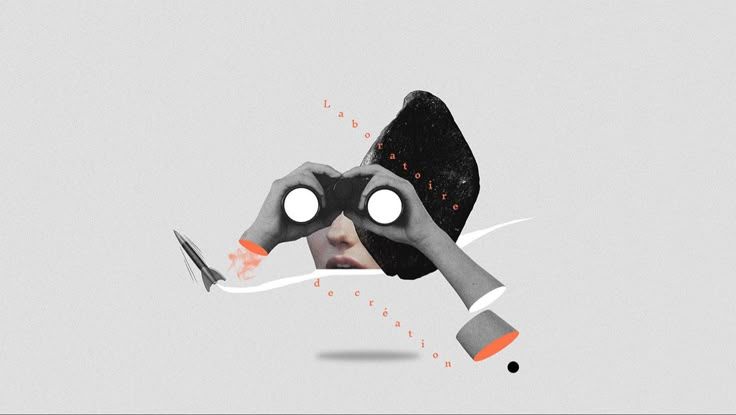
AI’s creative outputs are undeniably impressive, but do they represent true innovation, or are they merely sophisticated imitations? The debate hinges on whether AI can generate completely novel ideas or if it simply recombines existing data in a new form.
1. The Case for Imitation
Many critics argue that AI lacks true creativity because it relies on pre-existing data. Everything an AI model produces is based on patterns it has seen before, meaning it cannot generate something truly original.
Example: AI-generated artwork often resembles human styles—Picasso-like paintings, Van Gogh-inspired landscapes—rather than pioneering an entirely new art movement.
Moreover, AI struggles with:
✅ Abstract Thought: Unlike humans, AI doesn’t have personal experiences or emotions to draw from.
✅ Cultural and Historical Context: AI may fail to grasp deeper cultural meanings, leading to tone-deaf or derivative works.
✅ Surprise Factor: AI-generated content tends to be predictable, lacking the spontaneous ingenuity of human creativity.
2. The Case for Innovation
However, some argue that AI is more than just an imitator—it can innovate by uncovering patterns and relationships that humans might overlook.
Example: AI-generated poetry and music sometimes break traditional structures, producing unexpected but aesthetically pleasing results.
In fact, humans also build upon past knowledge—writers are influenced by other authors, and musicians take inspiration from earlier works. If humans remix and repurpose ideas, is AI really doing anything different?
AI’s Role in Scientific Discovery: A New Form of Creativity?
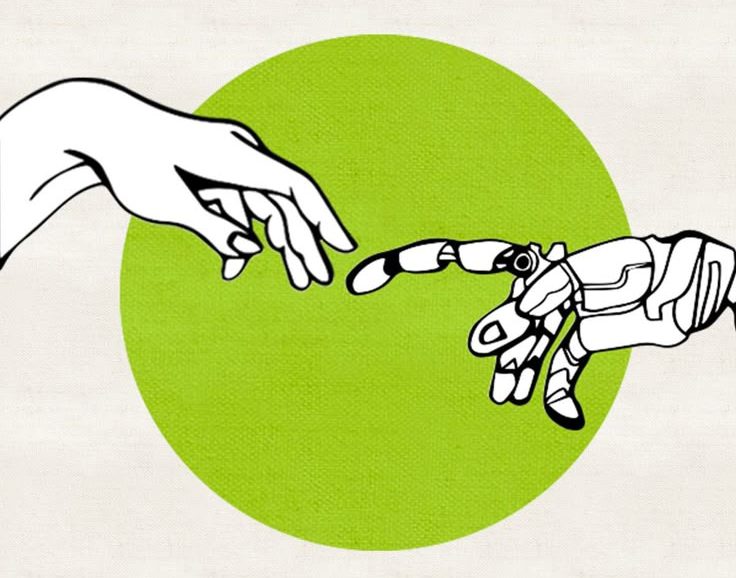
While much of AI’s creative work in the arts is widely debated, its contributions to science and research, however, are harder to dismiss. Moreover, AI has helped scientists make groundbreaking discoveries, raising the question: Could this, in fact, be considered a form of creativity?
1. AI-Driven Scientific Breakthroughs
AI has assisted researchers in discovering new antibiotics, developing cutting-edge materials, and generating new hypotheses in physics. Unlike AI-generated art, these advancements push the boundaries of knowledge rather than just recycling old ideas.
Example: The AI system AlphaFold revolutionized protein folding predictions, solving a problem that had baffled scientists for decades.
2. Uncovering Hidden Patterns
AI’s ability to process vast amounts of data allows it to detect patterns that humans might never notice. This enables breakthroughs in fields like:
✅ Medicine: AI helps design new drugs by simulating molecular interactions.
✅ Astronomy: AI has identified previously unknown exoplanets by analyzing telescope data.
✅ Climate Science: AI models predict environmental changes with greater accuracy.
3. Does Scientific Creativity Differ from Artistic Creativity?
One could argue that AI’s role in science is different from art—rather than expressing emotion or cultural meaning, it enhances problem-solving and discovery. But isn’t uncovering new knowledge a form of intellectual creativity?
Ethical and Philosophical Debates
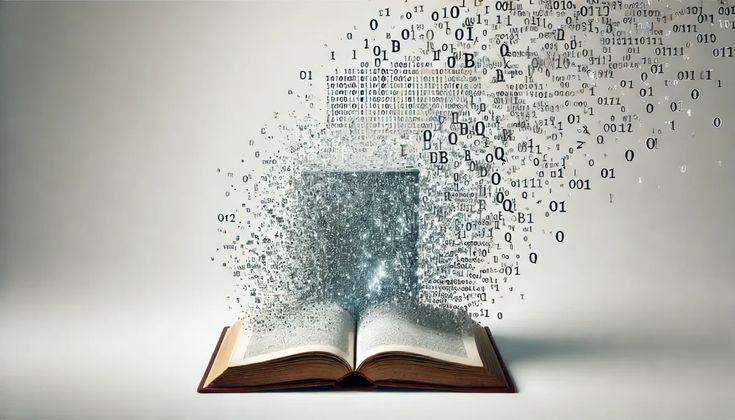
As AI’s creative capabilities grow, so do the ethical and philosophical dilemmas surrounding its use.
1. Who Owns AI-Generated Work?
If an AI model creates a stunning painting or writes a bestselling book, who owns the rights? AI models are trained on massive datasets of human work—does this mean artists and writers deserve a share of the credit?
Example: The US Copyright Office ruled that AI-generated art cannot be copyrighted unless a human plays a significant role in the creative process.
2. The Bias Problem
AI models learn from human-created data, which means they inherit biases present in that data. This can lead to issues like:
✅ Cultural Stereotypes: AI-generated stories may reinforce existing biases.
✅ Lack of Diversity: AI art can overlook underrepresented artistic styles.
✅ Misinformation: AI-generated content may spread false or misleading narratives.
3. Does AI Undermine Human Creativity?
As AI-generated content becomes more prevalent, will it devalue human artistry? Some fear that reliance on AI will lead to laziness, with people preferring AI-generated content over original human work.
Counterpoint: Others argue that AI can serve as a tool to enhance human creativity rather than replace it.
The Future of AI Creativity: What Comes Next?
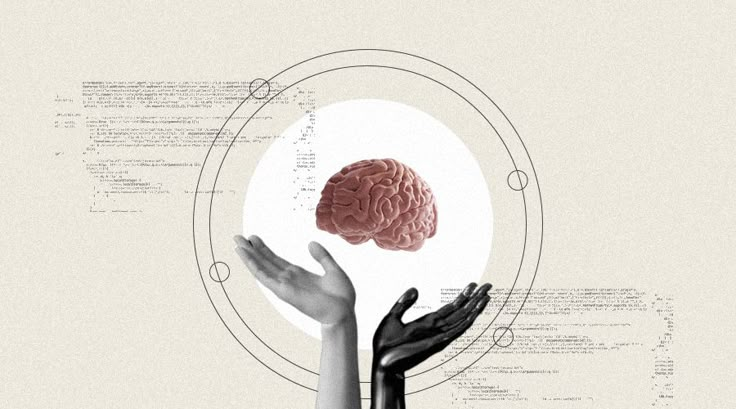
The future of AI creativity is filled with possibilities and challenges. Here’s what we might expect:
1. AI as a Creative Partner
Rather than replacing artists and musicians, AI can serve as a collaborative tool. Writers can use AI for brainstorming, and musicians can experiment with AI-generated compositions.
Example: Many artists now use AI tools like MidJourney and ChatGPT to enhance their creative workflows.
2. Personalized Creativity
AI could tailor creative content to individual preferences, generating personalized music playlists, artwork, and even books based on user tastes.
3. Toward General AI and True Innovation
If AI reaches the level of General Artificial Intelligence (AGI)—where it thinks, learns, and creates autonomously—it could develop entirely new art forms, genres, and scientific theories.
Example: AI-generated languages or completely new artistic styles that no human has conceived.
Conclusion
AI creativity is both exciting and controversial. While it currently excels at pattern recognition and generation, its ability to truly innovate remains up for debate. However, as technology advances, AI’s role in creativity will likely evolve in unexpected ways. Instead of replacing human artists, writers, and musicians, AI is more likely to serve as a powerful collaborator, offering new tools and perspectives that enhance creative expression. Moreover, AI has the potential to push artistic and scientific boundaries beyond what we can currently conceive. By blending human ingenuity with AI-driven insights, the future of creativity could be richer, more dynamic, and filled with groundbreaking possibilities.
The line between human and machine creativity is becoming increasingly blurred. The question is: Are we ready for what comes next?
Stay updated with our latest articles on fxis.ai

